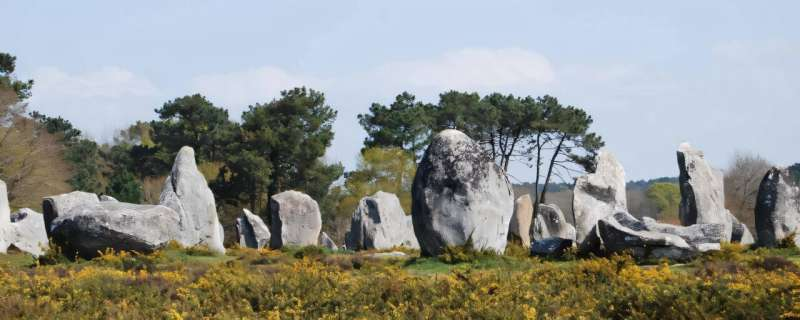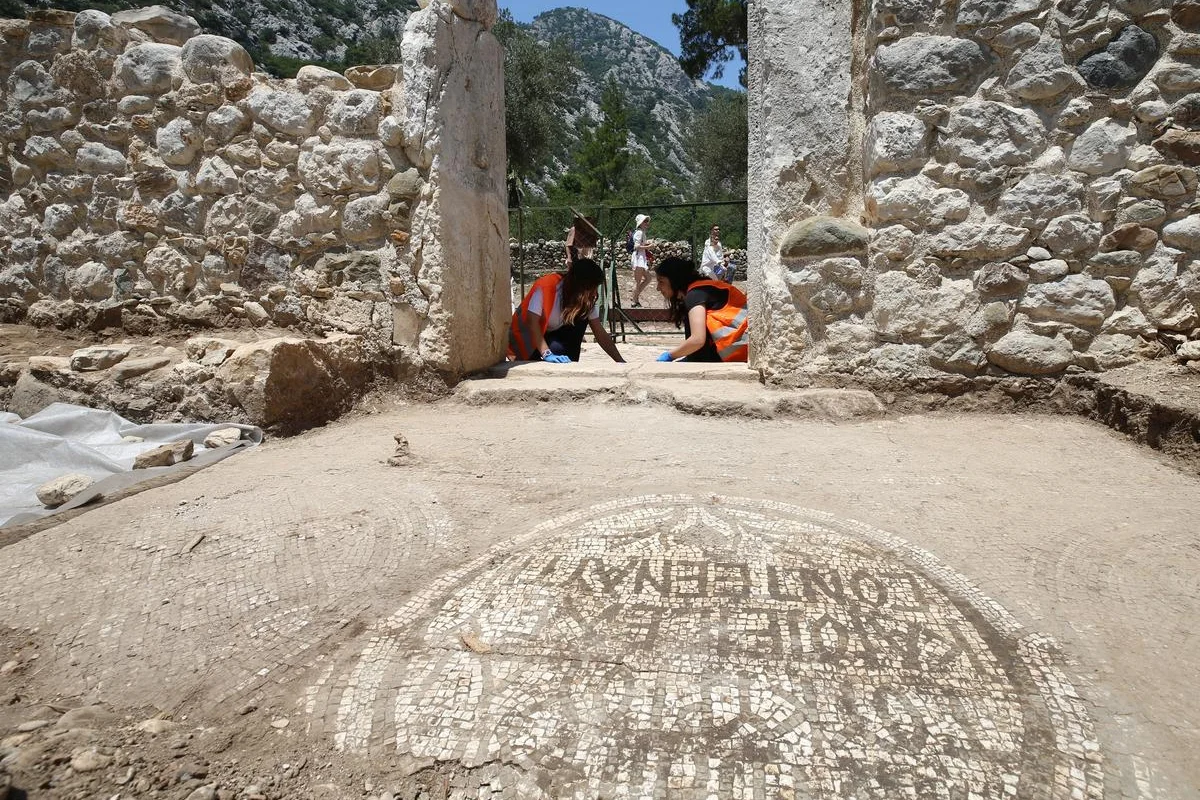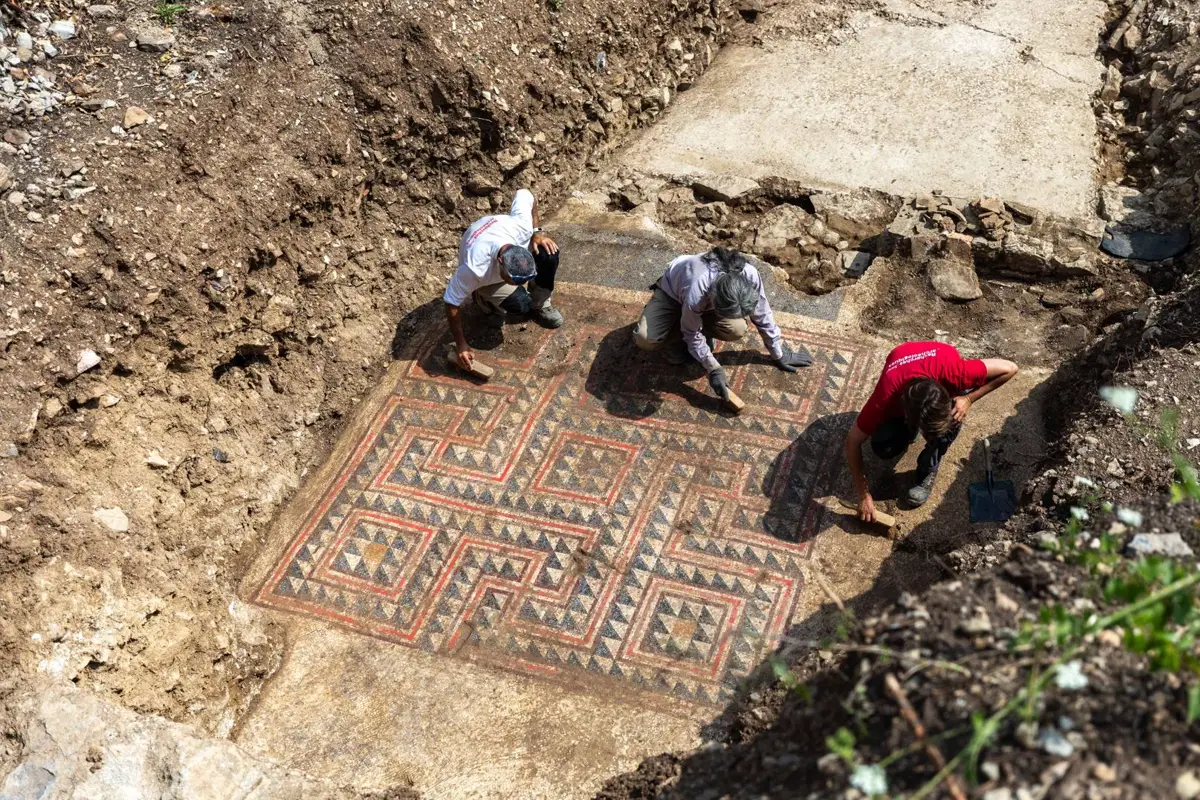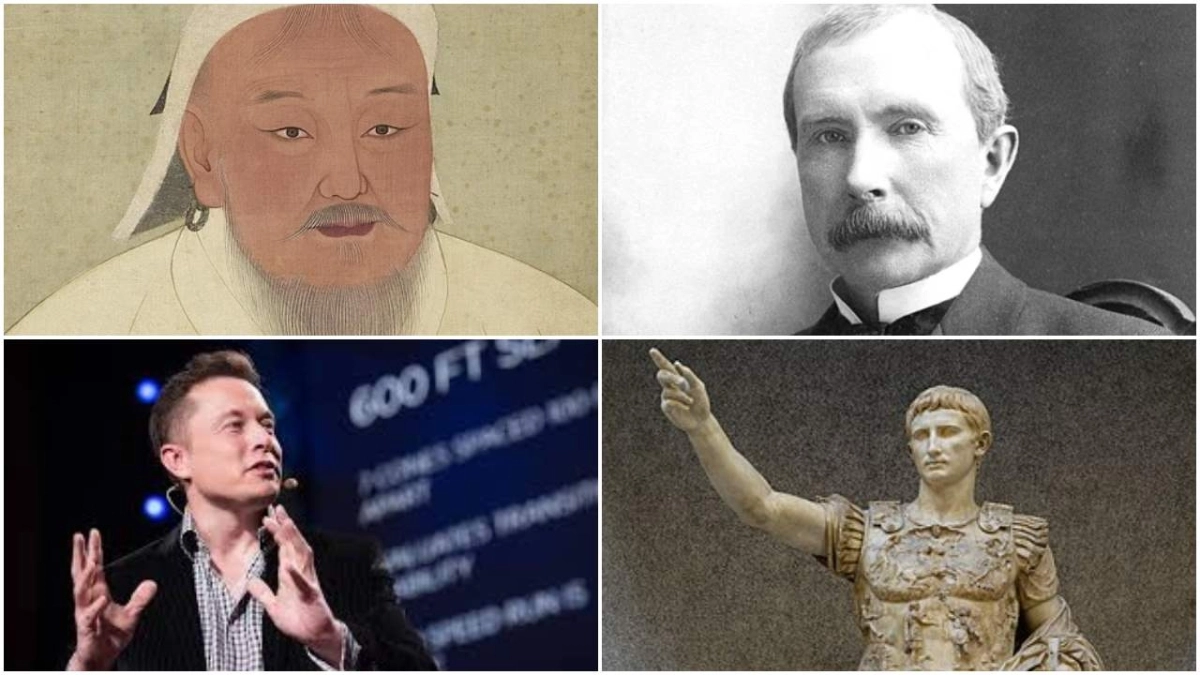A groundbreaking discovery near the tomb of King Tutankhamun has sent shockwaves through the archaeological community, prompting experts to rethink key aspects of ancient Egyptian history. This recent find, made in the area surrounding Luxor, has revealed tombs and burial shafts dating back around 3,600 years.
The Discovery That Could Rewrite History
The discovered tomb (Mohamed Elshahed / Anadolu via Getty Images)
This major revelation came early this month through a new excavation led by the Zahi Hawass Foundation for Antiquities and Heritage. Founded by renowned Egyptian archaeologist Zahi Hawass, the foundation aims to educate Egyptians about their history, hieroglyphics, and archaeology.
The excavation, which took place near Queen Hatshepsut’s temple at Deir al-Bahri on the Nile's West Bank, uncovered a vast burial area and tomb carved into rock beneath the surface of the ancient city of Luxor. Queen Hatshepsut, who ruled from 1479 BC to 1458 BC, is one of the most well-known pharaohs in Egyptian history.
Key Findings and Artifacts
Zahi Hawass (Mohamed Elshahed/Anadolu via Getty Images)
The tombs yielded a variety of remarkable artifacts, shedding light on ancient Egyptian life. Among the finds were wooden coffins, including one for a child, as well as bronze coins from the era of Ptolemy I, who ruled between 367 BC and 283 BC. Also discovered were clay toys, cartonnage (material used for mummies), funerary masks, scarabs, beads, and amulets, which were all part of ancient burial rituals.
Additionally, everyday items like a pottery table used for offerings of bread, wine, and meat, as well as archery bows, were uncovered.
Reconstructing Ancient Egyptian Life
Zahi Hawass, who led the excavation, described the discovery as a potential game-changer for our understanding of ancient Egyptian history. The tombs and artifacts provide new insights into the lives and culture of people from this period, allowing historians to reconstruct a more detailed picture of what life was truly like in ancient Egypt.
The Significance of Luxor
Egypt is full of surprises (Mohamed Elshahed/Anadolu via Getty Images)
Luxor, often referred to as the "world’s greatest open-air museum," is home to many of Egypt’s most famous archaeological sites, including the Valley of the Kings and the tomb of King Tutankhamun, which was discovered in 1922. While Tutankhamun’s tomb was built within a constructed burial chamber, the newly found tombs in this latest discovery are carved directly into rock, providing a unique look at how Ancient Egyptians interacted with their natural environment for burial practices.
This find offers a fresh perspective on the culture and traditions of Ancient Egypt, adding depth to the story of one of the world’s most fascinating civilizations.










